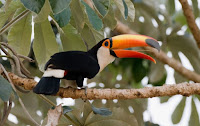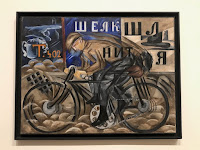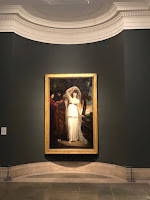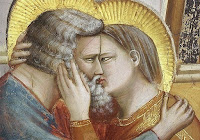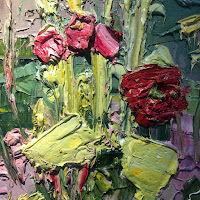The “Polly Higgins” Extinction Rebellion Boat

Novel loan display at the National Maritime Museum of this boat used in the Extinction Rebellion protests earlier this year. The boat is parked on the river side of the museum where it was moved to on 19 July under police escort when the Metropolitan Policy issued a section 12 notice banning the use of boats, vehicles and other structures in the protest. It’s shown with interesting facts and figures about the protest and looks great in the space. It’s rather nice to have a boat outside the confines of the gallery and not a bad place to park it until it’s needed again!
